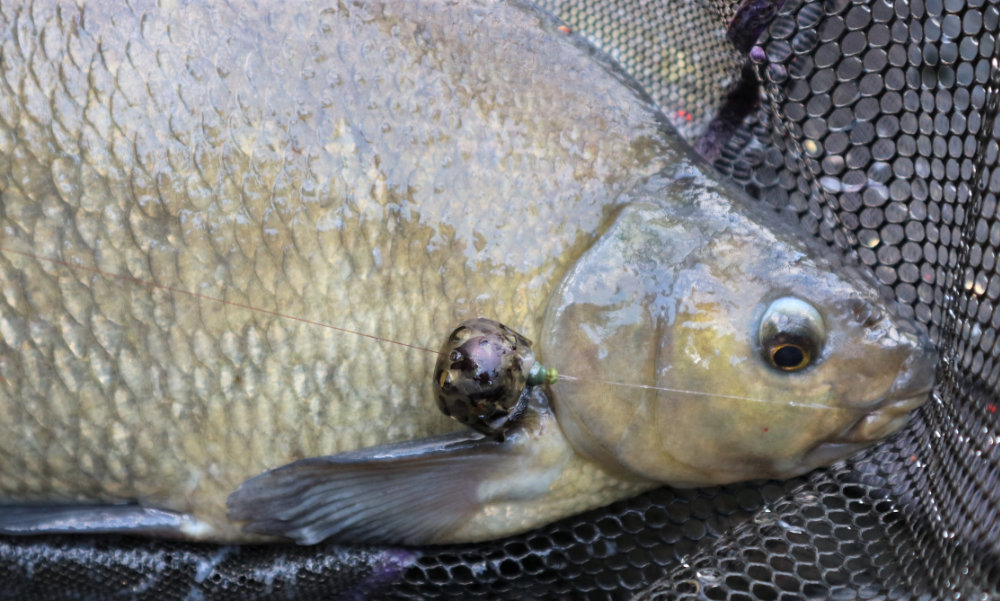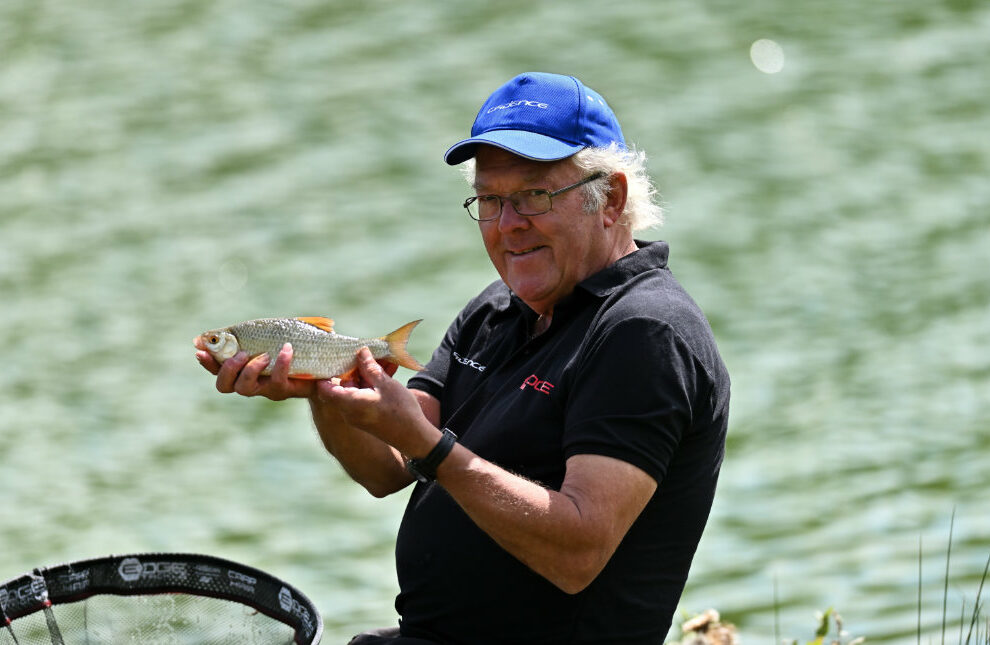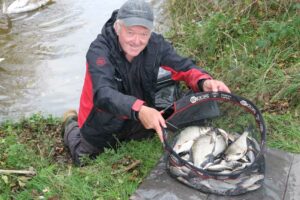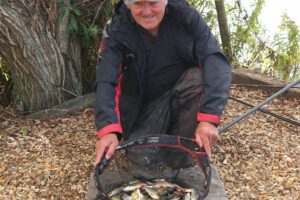Must Haves
Occasionally I come across an item of fishing gear and immediately think, I need one of those! That happened when I first picked up the Cadence CR10 11ft #1 Feeder Rod, which is delightfully lightweight and forgiving. It’s perfect for refined feeder and bomb work, capable of absorbing a lot of punishment, having an almost through action when put under heavy pressure. It’s the kind of weapon I want for light line applications, also for smaller waters where you don’t need to hit the horizon. Having said that, the slim blank can cast small to medium sized feeders surprising distances. A choice of 1oz, 1.5oz and 2oz carbon quivertips covers everything, from spotting shy skimmer bites, to using small in-line pellet or method feeders for bigger fish. This brilliant kit is also perfect for tackling slow flowing rivers, particularly when finesse is required to conjure a response.

Compact Feeders
The smallest Edge plastic groundbait and cage feeders are just right for the CR10 11ft #1 Quivertip rod, suiting a wide spectrum of venues. I tend to use groundbait feeders in deeper water, or when trying to get through small fish, switching to a cage design for stirring up a response in shallower or tough swims. Although I use braid a lot when feeder fishing, I switch to Edge Sinking Mono for closer work. It’s a more forgiving, which is needed with soft mouthed fish like skimmers, along with other silvers like roach. Another useful application for a gentle action feeder or bomb rod like this is with scaled down in-line pellet or method feeders, targeting big fish. Many anglers pick more powerful blanks for this type of fishing, which is a modern trend. However, softer rods are traditionally just as good. They allow lighter lines to be used, which is important when bites are at a premium.
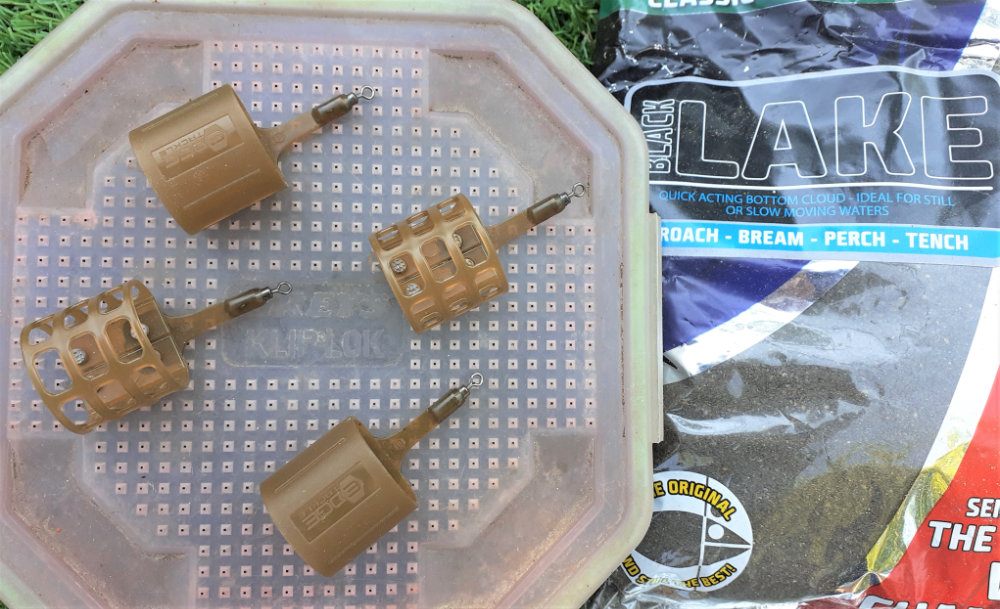
Precise Performance
An aspect I like about softer quivertip rods is the way you can wind them up, fully using the blanks’ action on the cast. Combined with the shorter 11ft length, I’m convinced this gains better accuracy. The latter is vital when striving to put the tackle on a pinhead every cast, keeping fish tightly shoaled over the feed area. Accuracy is also important when aiming tight to features, where clipping up the main line is often needed. A forgiving blank is useful here, buying extra time if big fish go on a run. I position the line clip on top of the spool, so I can get at it easily and have a chance of releasing the mono or braid to avoid getting broken up. I count the number of turns on my reel when winding in after hitting the clip, so I know the exact distance to return to. Generally unclipping isn’t required, because a less stiff rod usually manages all the strain as large fish kite off after being hooked.
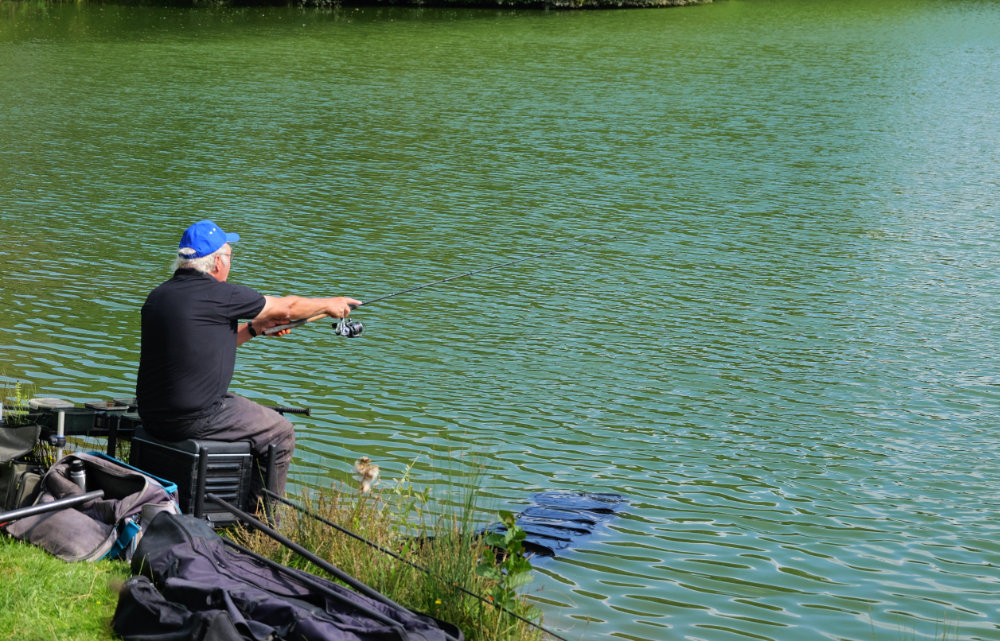
Clever Carbon
Early bomb style quivertip rods tended to be a tad too soft, some were even floppy in nature, but that’s all changed now. Modern high modulus carbon is graded to form the required actions, combined with widely used nano resins that help to keep blanks responsive. Improved production processes provide better feel factor and faster recovery, particularly important on the strike, helping to connect with the most miniscule of indications. The high-tech rods Cadence produce don’t soften up after strenuous and extended usage, like older carbon models did many years ago. Even with light actioned designs, you get adequate casting power and excellent fish playing control. Stiff feeder rods might be intended to cast a long way and to bully fish in, but I find softer blanks more enjoyable to use. They absorb any pressure better and help to smoothly lead fish into the landing net.
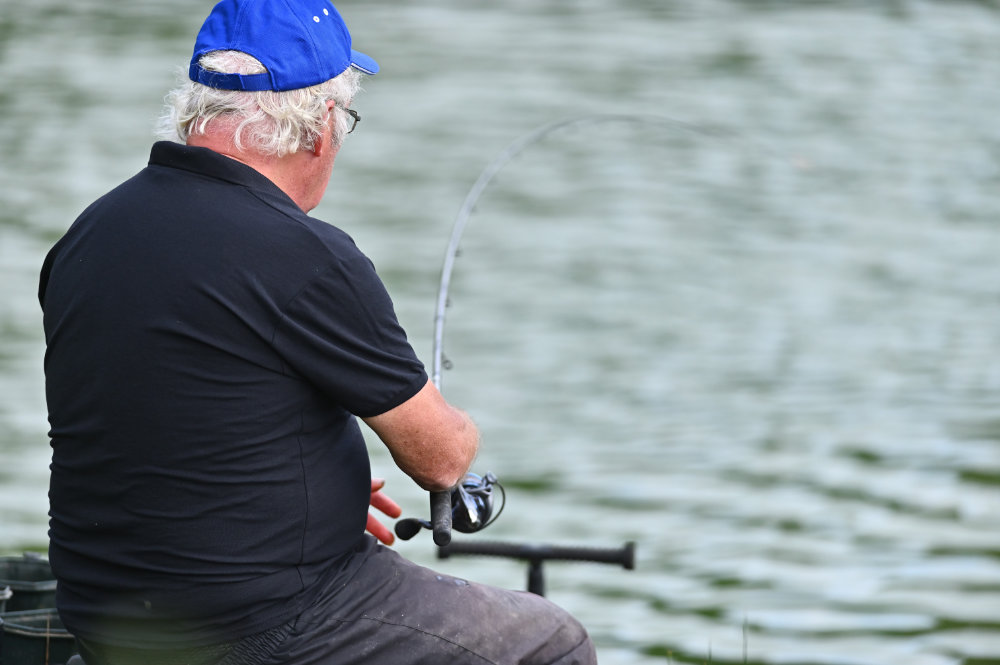
Species Check
The acid test for any feeder rod used for lighter applications, is if it can handle soft mouthed skimmers. Managing that tells me targeting shy bigger bream with small hooks and low diameter lines will not be a problem either. Also tackling big roach in winter and wily chub when rivers are running clear and cold. We used forgiving bomb and feeder rods on canal matches years ago, looking for bonus carp that hugged the far bank. Those big fish were clever, so you couldn’t fish too heavy for them. Through action rods allowed just enough scaling down to gain a response, then performed like rubber bands, buffering everything powerful carp could throw at them. The 1oz carbon quivertip supplied with the CR10 11ft #1 is ideal for skimmers and big roach. The 1.5oz or 2oz ‘tips suit longer range and windy conditions, along with refined in-line method and pellet feeder tactics.
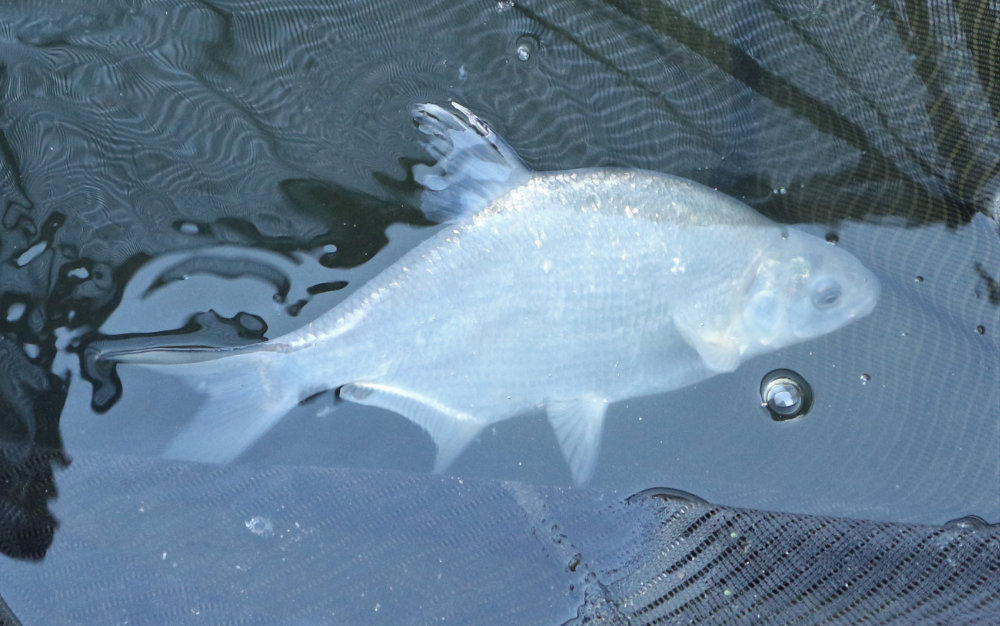
Dual Attack
I often start with light feeder tackle on new venues, trying to get a feel for what’s out there. It gives a good idea of the resident species, also helping to make up my mind if other methods need to come into play. I like switching between a feeder approach and the pole anyway. Running line tackle often produces a quick response out in deeper water, while the closer pole approach can take longer to get going. On this occasion the feeder was a bit slow, so I started sorting out a few pole rigs to try. Using something else for a while will often help a feeder line to settle and produce again if it fades. I’ve experienced interesting days where regularly rested feeder areas kept coming back, producing big bonus fish in-between catching steadily on pole tackle. This is a great way of boosting catches on bigger venues, especially when they are difficult and frost affected in winter.
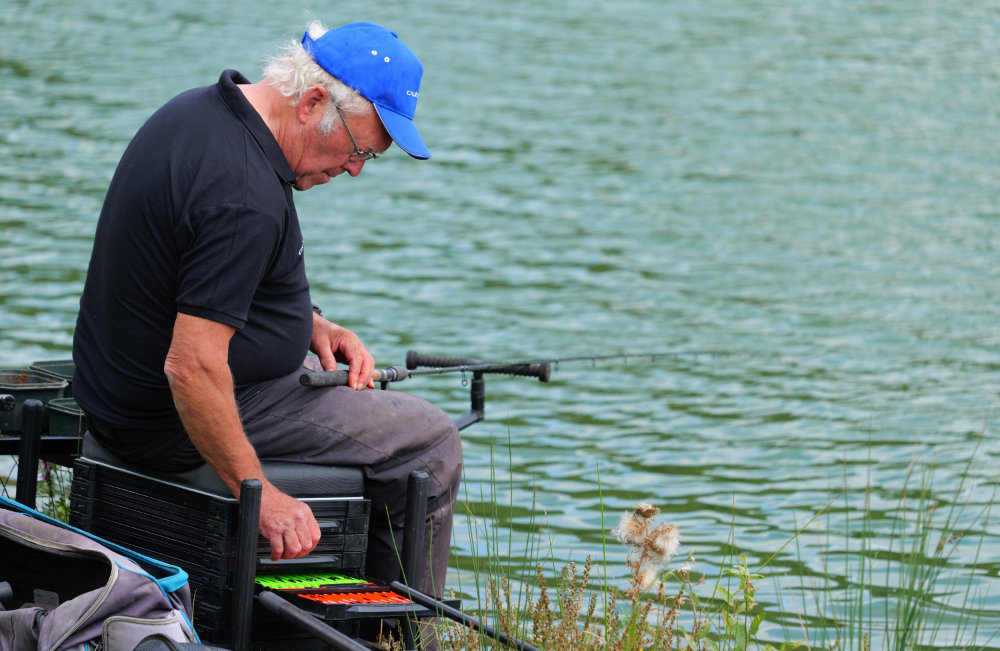
Keeping Busy
This session was way before winter when things turn much harder, but I still enjoy using a feeder in a two-pronged attack with pole tackle. On this occasion finding quality fish at a comfortable 30m chuck with my CR10 11ft quivertip rod, resting that feed line occasionally for a quick flurry of fish on the pole. I often chop and change like this, unless one method accelerates away from the other. Another good trick to keep a feeder line producing on hard venues, especially for species like roach, is to unclip the feeder and switch to a bomb occasionally. It’s amazing how bites often come back straight away. Groundbait going in regularly can make the fish back off. I use a free-running bead with a clip, which allows quick changes of feeder sizes, or a switch to a straight leger. The bead buffers up to a short, twizzled boom in the main line, which is stiff and pushes the hook length away.
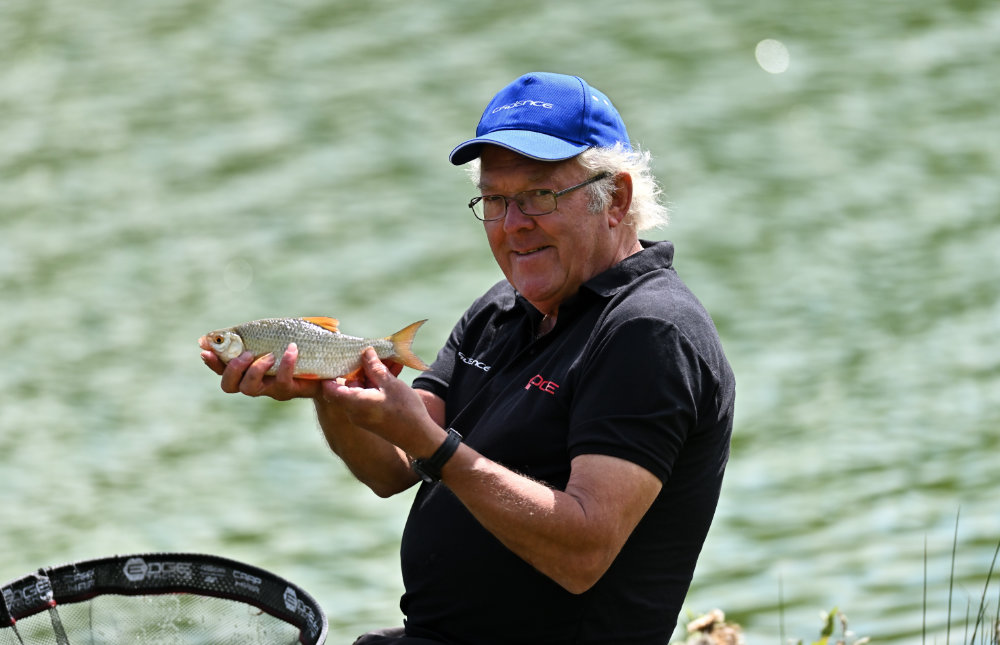
Good Balance
My 11ft Cadence quivertip rod has a shortish handle, which I prefer when not casting huge distances. A longer handle gets in the way with this active form of fishing. I also use a small reel, a Cadence CS10 3000, which doesn’t detract from the lovely lightweight feel of the rod. I normally use 4lb Edge Sinking Mono for conventional feeders, stepping up to 6lb or 8lb for in-line models. My quiver rod has a maximum 6lb line rating, which is the strongest I need as a hook length material, in combination with 8lb reel line. It’s important to bear in mind when using a more forgiving blank, that 6lb mono is similar to what a thicker diameter can achieve with much stiffer rods. With reel lines, I like to create a reasonable gap in breaking strains in relation to the hook length being used, otherwise it can be tricky trying to get most of your end tackle back if it gets snagged.
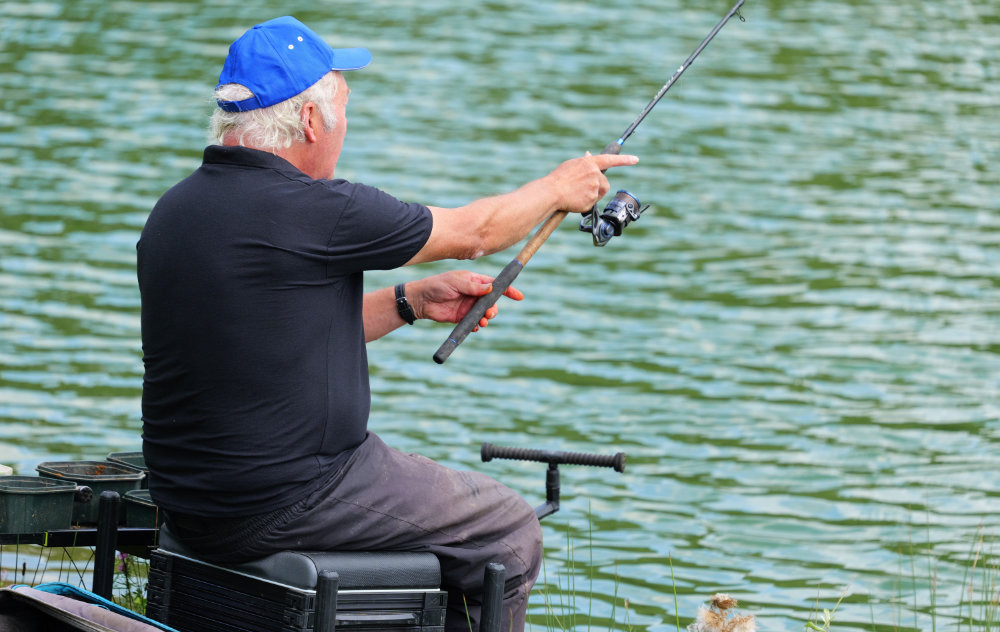
Exact Loading
I was lucky while learning my trade in feeder fishing, being a member of a team that had some brilliant anglers. They put lots of thought into the method. One of the most important aspects was to get the end tackle critically balanced. This particularly applied to running water, where the priority was to use a feeder just heavy enough to reach the required distance, and then to grip bottom. To achieve the latter, it often meant having to release a good bow of line, to prevent the feeder from rolling out of position. If you got the balance right, fish would virtually hook themselves, because any extra pull against the terminal tackle would move it. The resulting drop back bites were difficult to miss and made a big difference to the number of fish being caught. This trick works in drift affected stillwaters too, where less of a bow is required, but is still capable of registering drop backs.
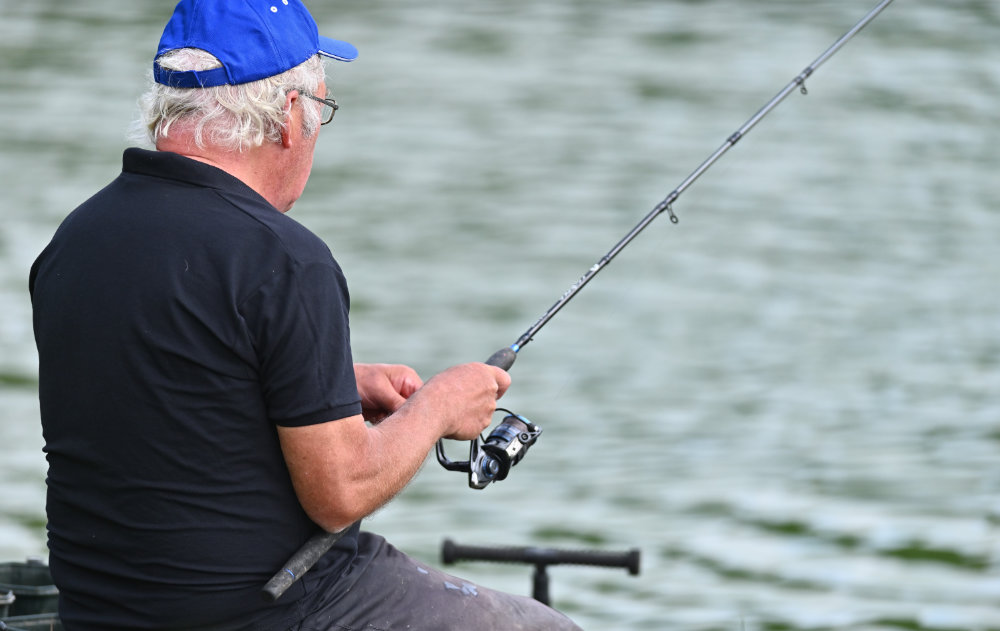
Perfect Timing
Modern feeder fishing has been taken to new levels, with top match anglers putting a lot of emphasis into making the most of every minute of a session, or competition. Timing has become key, casting more regularly to begin with, to help build swims up. Some use a stopwatch for this, making sure to wind in and refill the feeder within an allotted time. Then, as the session progresses and the end tackle is left out longer, note is taken of when any interest tends to occur. If bites are resulting every 4 to 5 minutes and nothing happens after that, it makes sense to adjust to the response times and cast out accordingly. By saving wasted minutes, more fish go into the keepnet and bigger catches result. If you can anticipate when a bite is due, it’s less likely to be missed. If an indication doesn’t happen when it’s most expected, it signals the need to wind in and make another cast.
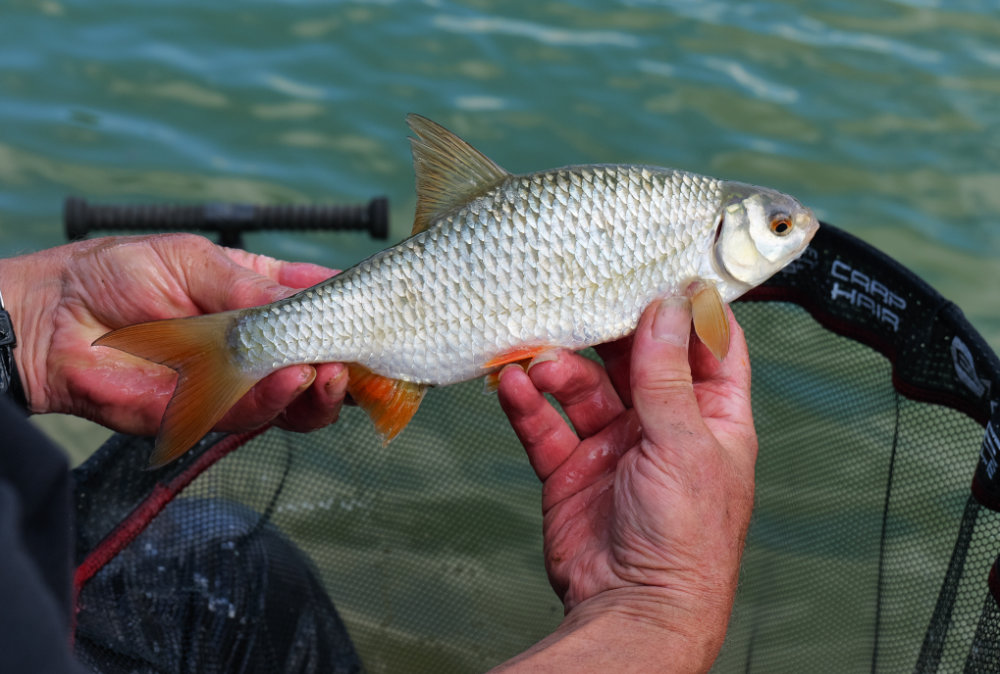
Last Gasp
I learnt many years ago when using softer feeder rods how well they played big fish in, especially in flowing water. On powerful rivers over in Ireland, I watched festival anglers hitting into big bream with long and powerful rods. This upset the fish, causing them to kite hard against the current and take a fair while to land. But then I spotted a few crafty anglers cranking similar sized slabs in a lot faster, realising they were using softer actioned blanks, combined with powerful reels. They were leading the fish towards the bank in double quick time. Big slabs would still go a bit wild near the bank, but were netted much faster. I started doing the same. River bream tend to move around a lot, so you need to be efficient when they turn up in your swim, making hay while the sun shines. I once caught nearly a hundred pounds of big slabs in the last two hours of a big Irish festival.
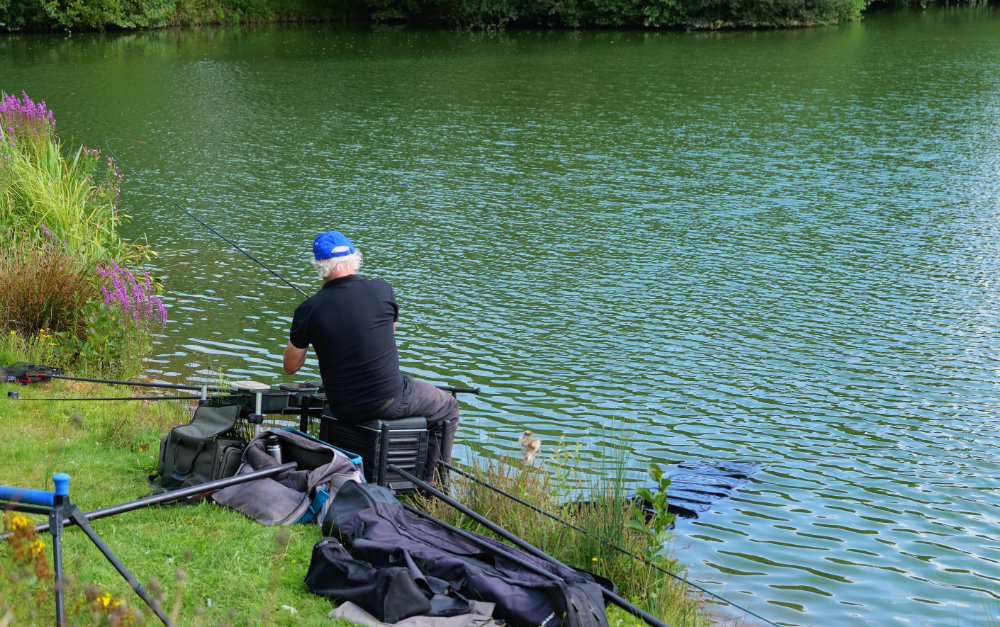
Staying On
A forgiving quivertip rod like the CR10 11ft #1 really comes into its own for bream. On many venues with a good head of carp, fishmeal products are fed heavily, making skimmers and bigger slabs become preoccupied with them. A great way of finding these fish is with small pellet feeders, as opposed to bigger sizes that attract too many carp. I simply use slightly damp 1mm or 2mm micro pellets in the feeder, switching between red maggots or banded hard pellets on the hook. A short hook length is required with in-line rigs, but I stretch this to 5 inches, instead of the more widely used 4-inch format. The extra length helps to prevent fish from coming off as they thump against the feeder, combined of course with a soft and forgiving rod. I use Edge Fluorocarbon Pure for short hook lengths. Its stiff and durable, less prone to tangling and capable of taking lots of hammer.
